Latest Posts
What Is TLC NAND Flash Memory? (And How It Fits in the World of Storage)
Flash memory powers most devices you use daily—phones, SSDs, USB drives, and game consoles. It delivers speed, compact design, and keeps your data safe when power stops. However, not all flash memory works in the same way. You may notice the term TLC NAND flash memory often.
What does TLC mean, how it work, and why is it used in most modern devices? This guide explains things clearly if you have been confused by terms like SLC, MLC, or 3D NAND and how these technologies affect your devices.
What Is TLC NAND Flash Memory?
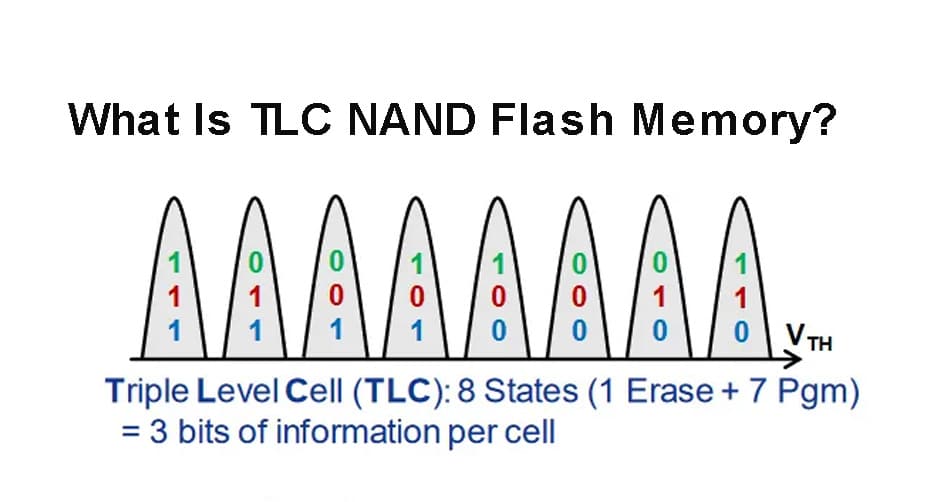
TLC stands for Triple-Level Cell. It stores three bits of data in a single memory cell.
To simplify it, imagine you have one folder and are using it to hold three different documents. That’s TLC. SLC stores only one document per folder. MLC stores two. The more papers in one folder, the more space you save, making the folder harder to manage.
TLC flash can store more data in less space, so it costs less and is used in most consumer products.
But there’s a trade-off. The more data each cell holds, the more effort it takes to read or write accurately. TLC is slower than SLC and MLC. It also wears out faster—but only when used heavily over long periods. For everyday use, this isn’t a big deal. Most SSDs today include error correction and smart controllers to manage this.
Where TLC is used:
- Budget and Mid-Range SSDs
- USB flash drives
- Smartphones and tablets
- Game consoles
- External storage devices
It’s the go-to option for decent performance without spending too much.
How Does NAND Flash Work?
The Basics: What Makes NAND Flash Tick
NAND flash stores data using floating-gate transistors, which trap electrical charge to represent 1 or 0 basic binary data.
In SLC, it’s simple: each cell is either charged or not. However, in TLC, there are eight possible charge levels (since 3 bits = 8 combinations)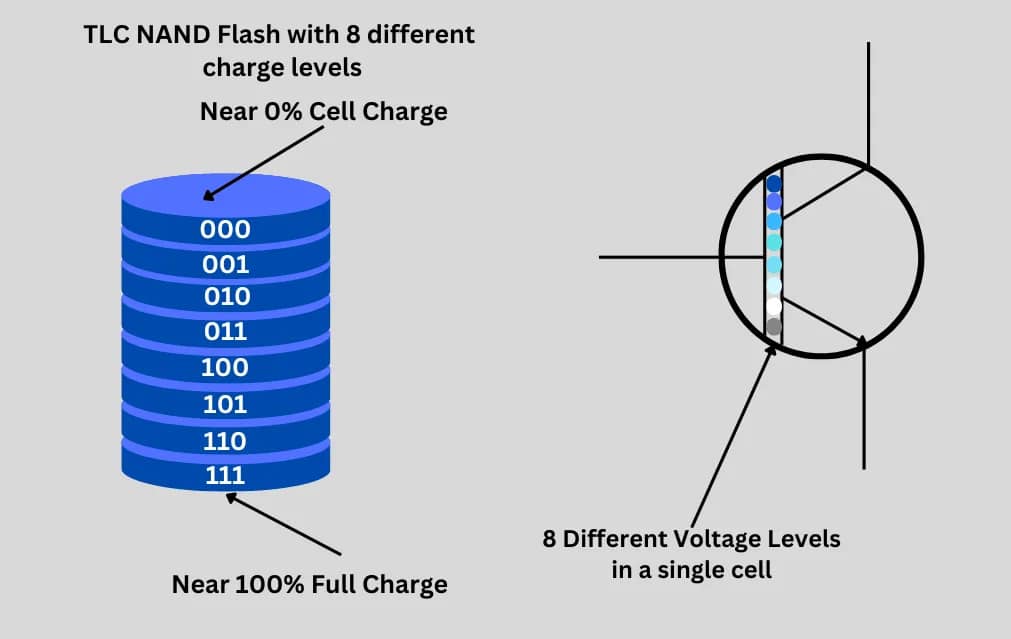
The key thing is that NAND is non-volatile. It holds data even when your device is off. That’s why SSDs don’t lose files during a power cut, and your phone remembers everything after rebooting.
Why TLC (and NAND in General) Became So Popular
TLC took off because of its balance: high capacity with lower cost. Manufacturers found that putting three bits per cell gave them more data per chip without needing more physical space.
But stacking data side-by-side on a flat surface has limits. That’s where 3D NAND flash comes in. Instead of building chips wider, manufacturers started building upwards—stacking memory cells vertically. Think of it as turning a single-story house into a multi-floor apartment.
3D NAND improves density without shrinking the individual cells too much. That helps reduce their interference, improving endurance and speed—even for TLC.
Today, most TLC chips are built using 3D NAND. It’s the standard now for mainstream devices.
Types of NAND Flash Memory
SLC, MLC, TLC, and QLC – What’s the Difference?
|
Type |
Bits per Cell |
Speed |
Endurance |
Cost |
Use Case |
|
SLC (Single-Level Cell) |
1 |
Very high |
Very high |
High |
Enterprise, industrial systems |
|
MLC (Multi-Level Cell) |
2 |
High |
Good |
Moderate |
High-performance SSDs |
|
TLC (Triple-Level Cell) |
3 |
Moderate |
Moderate |
Low |
Consumer SSDs, phones |
|
QLC (Quad-Level Cell) |
4 |
Low |
Low |
Very Low |
Archival storage, light use |
More bits per cell = lower cost and higher capacity. But it also means slower write speeds and a shorter lifespan (under heavy use).
TLC lands in the middle—good enough speed and endurance for most daily tasks. That’s why it’s widely adopted.
Where Does 3D NAND Fit In?
3D NAND is a design method, not a type of cell.
It means stacking cells vertically. Instead of laying all memory cells flat on one layer, 3D NAND builds them in layers—often 64, 96, or even 176 layers.
Important point: SLC, MLC, TLC, and QLC can all be made using 3D NAND. So you might see something like “3D TLC NAND” in SSD specs. That means it’s TLC flash built using 3D stacking.
Using vertical space improves reliability and allows more storage in the same footprint.
MLC vs. TLC vs. 3D NAND – Which Is Better?
Let’s unpack this step by step.
- MLC vs. TLC: MLC has better endurance and is slightly faster. But it’s expensive. TLC gives you more space for the money and is fine for regular use.
- MLC vs. NAND, TLC, and 3D NAND: NAND is the fundamental technology. TLC and MLC refer to how many bits are stored per cell. 3D NAND is the physical architecture—how those cells are arranged.
Which is better? It depends on your use:
- For heavy workloads, MLC is better.
- For everyday computing, TLC (especially 3D TLC) is enough.
- If you just store backups or photos, QLC can work, too.
There’s no universal answer. It’s all about what you need.
Where Is TLC NAND Flash Commonly Used?
TLC is the standard in many of the devices you use daily. Here’s where you see it most:
- Laptops and SSDs: Most consumer SSDs use 3D TLC, which keeps costs down while providing fast boot and load times.
- Smartphones and tablets: Storage inside phones is often TLC-based. Enough speed for apps, photos, and videos.
- Game consoles: Consoles use TLC SSDs for faster loading. Not as fast as top-tier NVMe, but it works well.
- USB drives and SD cards: TLC gives you capacity without making these devices too expensive.
In short, if you’re not running a server or high-end workstation, TLC covers your needs.
The Future of TLC and NAND Flash
TLC has matured. It’s now built with 3D NAND, smarter controllers, and better wear levelling.
The next step is QLC (four bits per cell), which offers even more capacity. Some companies are also testing PLC (five bits). But the more bits you add, the more error-prone the cell becomes.
What makes TLC still relevant is how much manufacturers have improved it. Modern SSDs use smart controllers—small processors that manage write cycles, error correction, and wear-leveling. Think of them like traffic cops, keeping data flowing smoothly and preventing wear from piling up in one spot.
As 3D NAND layers increase, TLC keeps improving without a significant cost jump.
Wrapping Up
TLC NAND flash is a practical, widely-used storage technology. It balances cost, capacity, and performance in a way that works for most people.
Sure, SLC or MLC offer better endurance, but TLC is more than enough for everyday use, especially now, with 3D NAND and smart controllers improving reliability.
If you’re looking for affordable, reliable flash storage, brands like HugDIY offer solid options that balance price and performance.

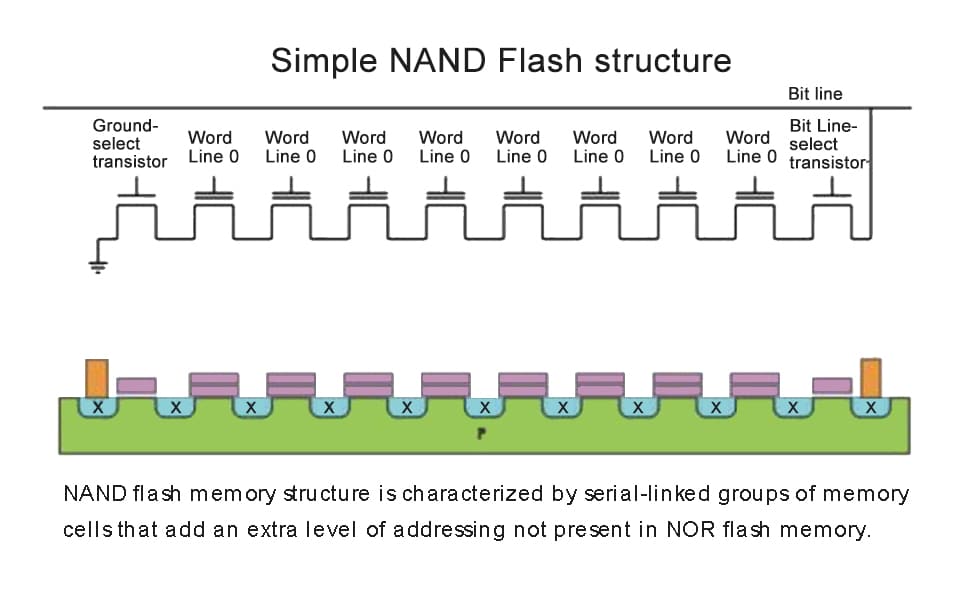
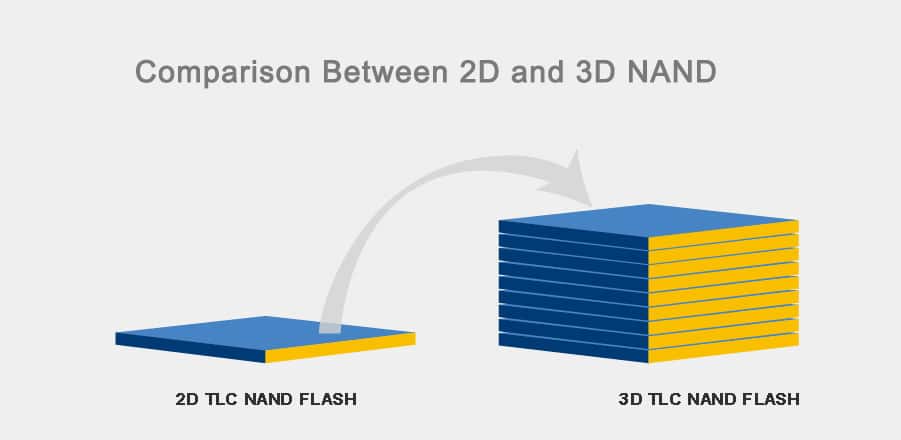
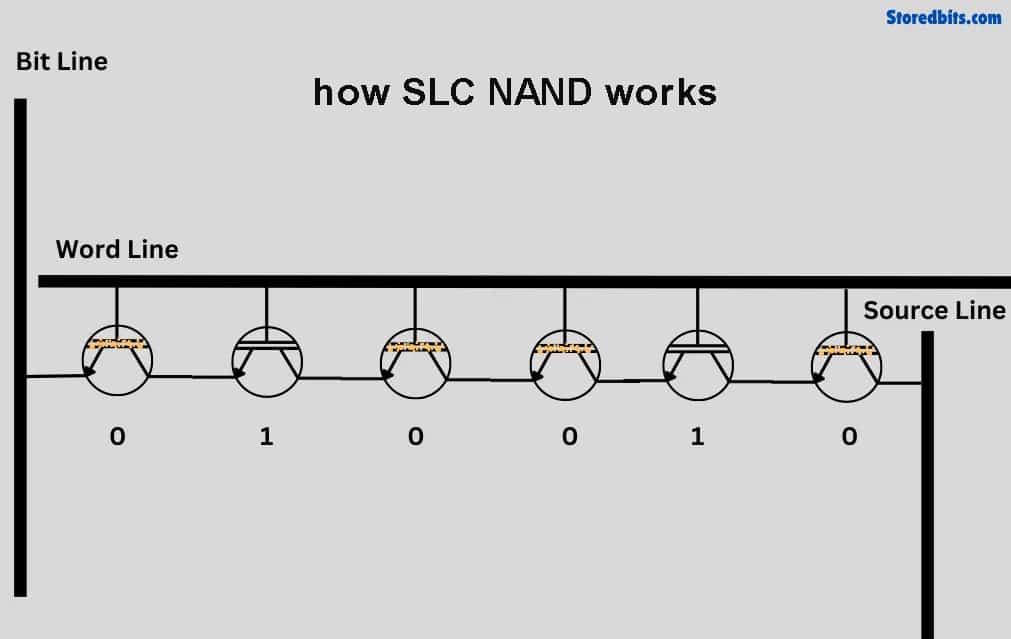

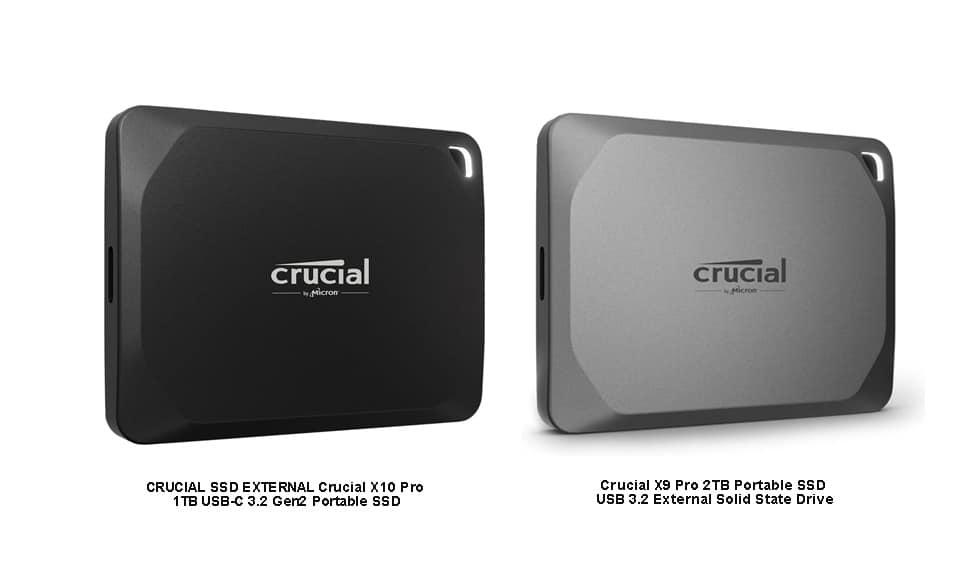
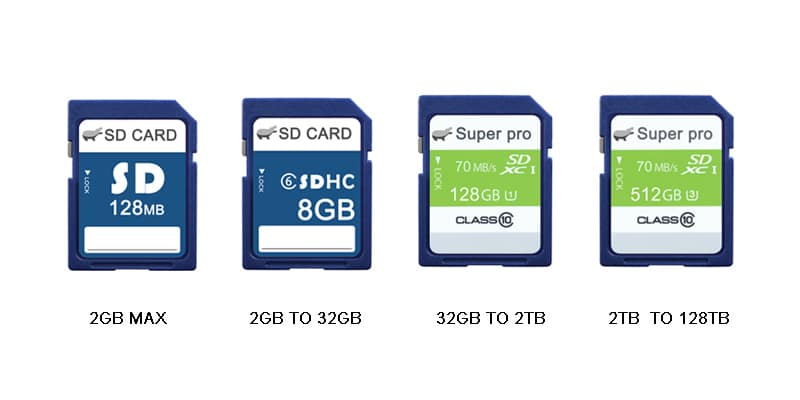
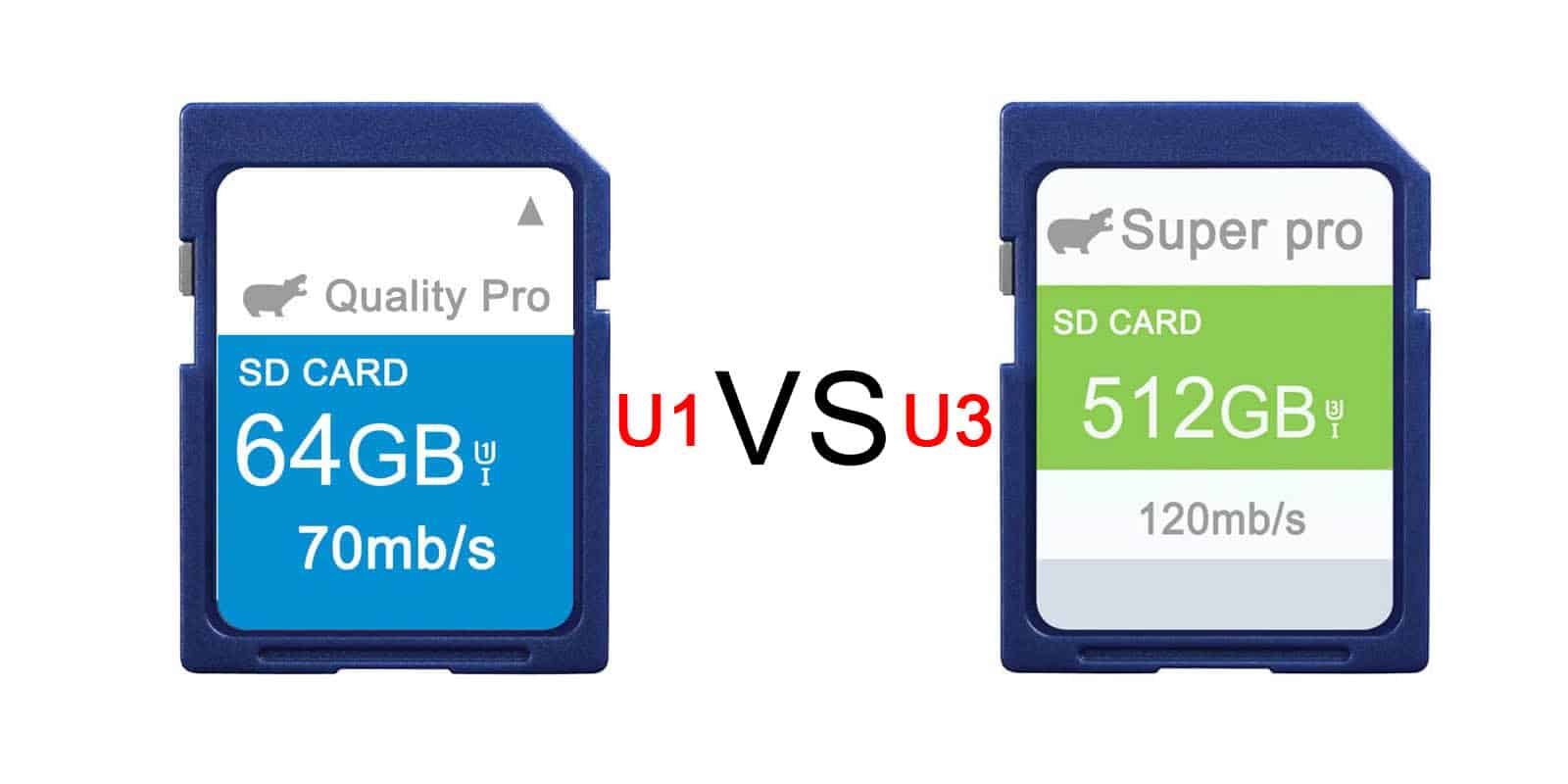
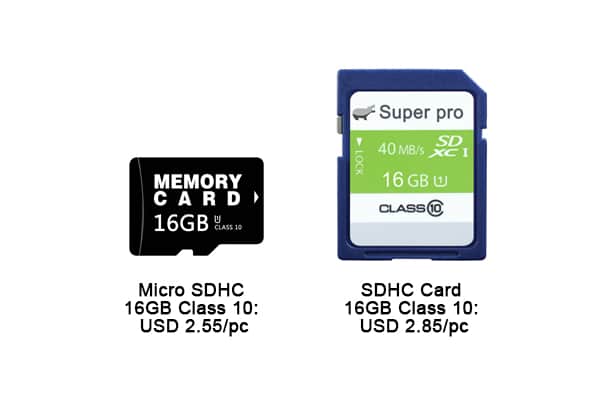
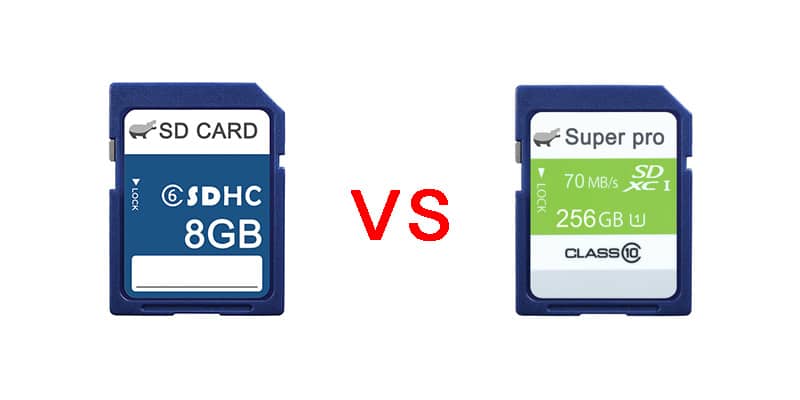
Leave a comment